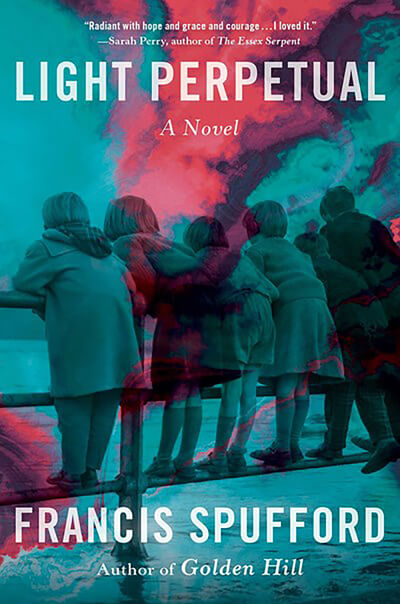Whatever one may think of politics, one has to concede that elections provide juicy material for works of fiction. Two new novels offer very different portraits of modern politics, yet share common traits, including an insider’s view of the political process and sacrifices required in the quest for power.
The feistier of the two novels is The Innocent Have Nothing to Fear, by Stuart Stevens, a political consultant who worked on Mitt Romney’s 2012 campaign. The Dow has plummeted, and the government has divided Google into separate companies. When the incumbent Republican president chooses not to seek re-election, two candidates vie to replace him: Hilda Smith, the sitting vice-president, and Armstrong George, the fire-breathing Colorado governor who—sound familiar?—wants to build a large security fence along the U.S.-Mexico border.
The narrator is J.D. Callahan, Smith’s campaign manager, who hopes a Smith victory will help him become a pundit with his own TV show. First, however, he has to get through the GOP convention, which, coincidentally, is in Callahan’s native New Orleans. His job is complicated, however, by his two half-brothers: one a former felon who wants financial help for his run for public office, and the other a neo-Nazi who owns a strip club and may be responsible for bombs that have imperiled the convention. The humor may be too broad for some readers, but this funny, fast-paced novel offers a perspective that only a seasoned campaign strategist like Stevens could provide.
Jennifer Close’s latest, The Hopefuls, set during the first six years of the Obama administration, is a more somber affair. Beth, our narrator, moves from her beloved New York to D.C. so her husband, Matt, can pursue his dream of entering politics. (Close moved to D.C. with her own husband, who also worked on the Obama campaign.)
Shortly after their arrival, Matt and Beth meet Jimmy Dillon, who works in the White House travel office, and his wife, Ashleigh, a Texas gal who tells Beth minutes after meeting her, “I can just tell we’re going to be best friends.”
The couples grow close, but Matt soon becomes jealous of Jimmy’s more exciting job, with duties that include flying to Hawaii to perform advance work for the Obamas’ vacation and playing golf with the President. After Obama’s re-election, Jimmy moves to Texas with Ashleigh to run for railroad commissioner and asks Matt to manage his campaign. But the campaign puts a strain on both marriages, especially when Jimmy starts spending time alone with Beth.
Unlike Stevens’ book, The Hopefuls focuses on a retail form of politics: going door-to-door, attending church picnics, canvassing for votes. Yet both novels entertain with keenly observed inner-circle perspectives and shrewd insight into how personal politics can become.
This article was originally published in the July 2016 issue of BookPage. Download the entire issue for the Kindle or Nook.


















